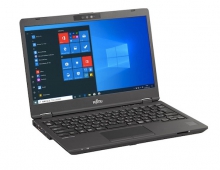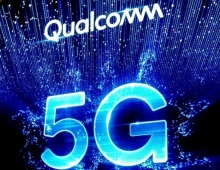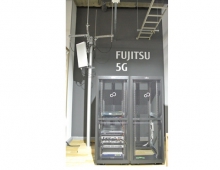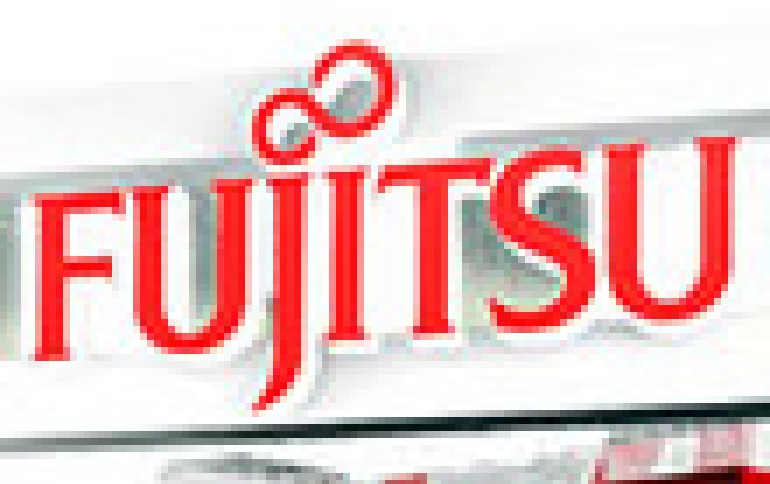
Fujitsu Develops Ring-Type Wearable Device That Lets You Write In The Air
Fujitsu Laboratories has development of a compact and lightweight wearable ring-type device that offers handwriting-input functionality and a reader for near-field communications (NFC) tags. The device identifies the fingertip movements users make as they write in the air, and recognizes that tracing as a letterform. By writing in the air with one's fingertip, operators can select menu options or make memos on photos that they take in the field.
By applying proprietary technology that corrects the letterform tracings, Fujitsu Laboratories has been able to improve character recognition accuracy, enabling recognition of everything from numbers to Chinese characters.
Furthermore, with a built-in NFC tag reader, operators can specify an object to be worked on with a touch on its NFC tag and display an operation's details. As data from the object to be worked on can be easily selected in a hands-free manner, the performance of maintenance and other tasks is expected to be more efficient.
With display devices such as Head Mount Displays, (HMDs) it is possible to browse information without taking out a separate smart device. Users can therefore receive information without occupying their hands. The problem, however, is that it is difficult to manipulate the information received. Entering numbers or taking notes has required either a separate device or a notepad, forcing the operator to interrupt the task at hand.
Fujitsu's lightweight device wearable as a ring that makes it easy to draw letterforms in the air as a way to select displayed content and take notes. Despite being ring-sized, the device includes motion sensors for text input, an NFC tag reader, and wireless communication functionality.
For numeric entry, which is widely used in the field, Fujitsu claims the device's recognition accuracy reaches approximately 95% even without any special training.
In order to recognize "air-writing", the technology needs to be able to distinguish between the finger strokes that make up the letterform and the empty spaces that the finger moves through between the strokes. What Fujitsu Laboratories has done is to develop a technology that automatically recognizes the unwanted connections between the strokes of the letterform that result from the longhand trace, and correct the track data accordingly.
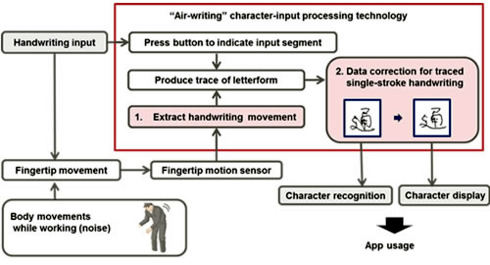
While incorporating certain aspects of the previous glove-style device, the new ring device compresses the ability to perform a variety of input operations into a device weighing less than 10 grams that is worn on a finger. Like the previous glove-type device, it includes an NFC reader that detects when a finger touches an NFC tag, as well as the same motion sensors (accelerometer, gyroscope, magnetic sensor). Each component has been optimally laid out to minimize the size of the device, and power-saving technology enables the usage of a button cell battery, which also contributes to the miniaturization of the device.

Fujitsu is testing the real-world usability of the device in the field with a goal of practical implementation during fiscal 2015.


